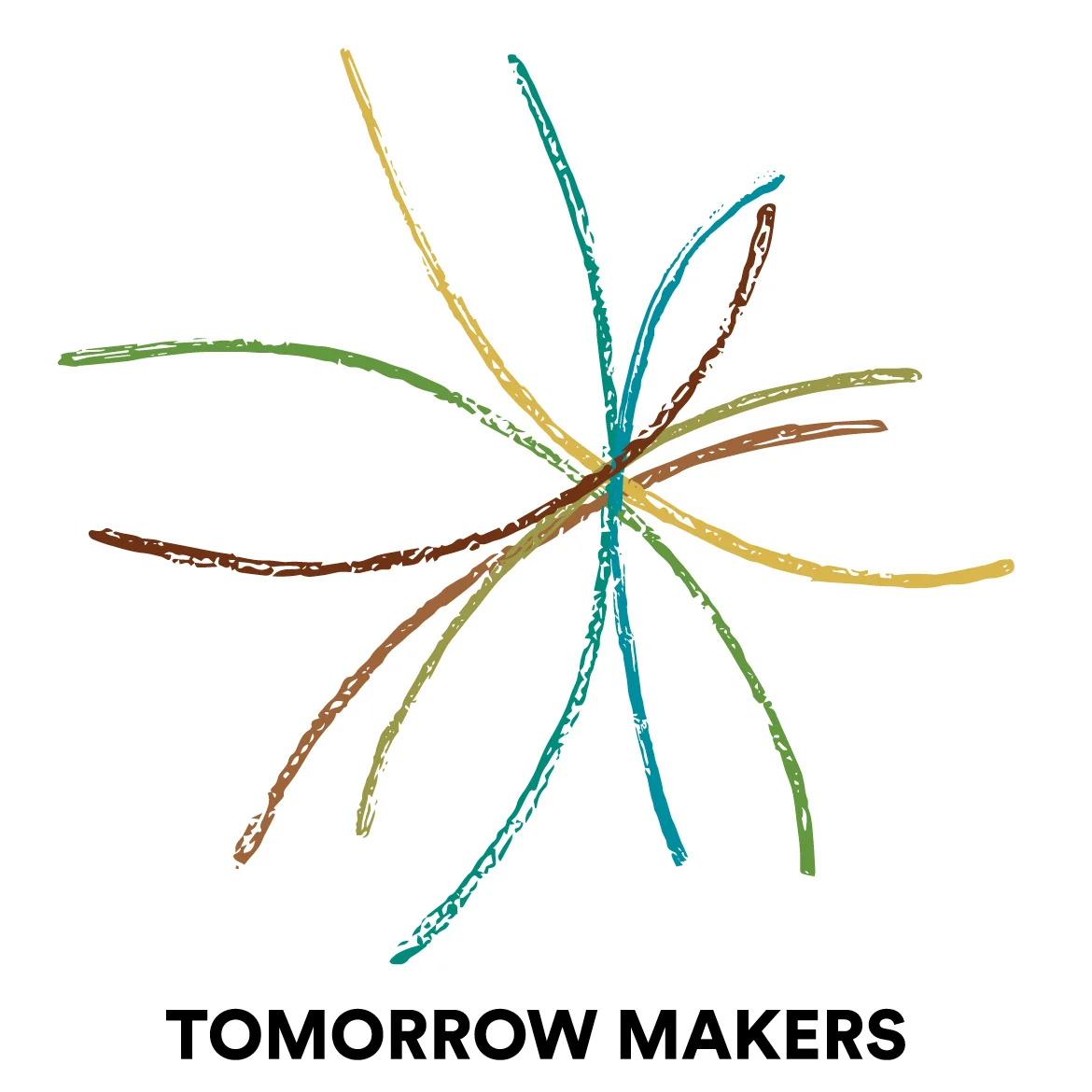CLUE: ORIGIN late Middle English : variant of clew . The original sense was [a ball of thread] ; hence one used to guide a person out of a labyrinth (literally or figuratively).
I watch my two-year old grandson, Owen, pick up clues. That is how he learns, everyday, every moment. His life is discovery and feedback. He explores, by trial and error, tries again and succeeds or fails. He watches for clues from others ... facial expressions, body language ... and then he repeats until he grasps and understands and incorporates it into his behavior or rejects it as something not useful at the moment. He also sends me clues. He engages me in make-believe stories. Since his language is still Oweneese, which I sometimes cannot understand, he gives clues by taking my hand and showing me. Owen is quite bright and capable but I don't think he understands the word "answer" yet. Hopefully as he grows and creates his own life, he will come to know that there are answers for a few things like 2+2 is 4, but for most of his life he will continue looking and connecting clues as he journeys forth into the vast unknown.
Learning is both fast and slow. Facts are fast and can be tested in the present moment; slow is a long journey, absorbing and digesting facts within a much longer time span. Slow is carried forward by context and the ability to connect clues along the way. Slow delights in discovering more, in reshaping one's facts throughout the course of life. Facts remembered can save lives in the moment.(redcross learning, calling 911, seeking safety in a tornado). Fast and slow learning is essential to the well-prepared mind. Unfortunately, too much of today's education for all ages seems to be on fast fact learning. Given this focus, how many facts are immediately forgotten after only a short period? Fast to learn; fast to forget. Since the slow is not immediately measureable, it does not seem to have as much credibility. Taken together, however, the fast and slow weave together bonding facts with context and learning by doing... learning through life.


